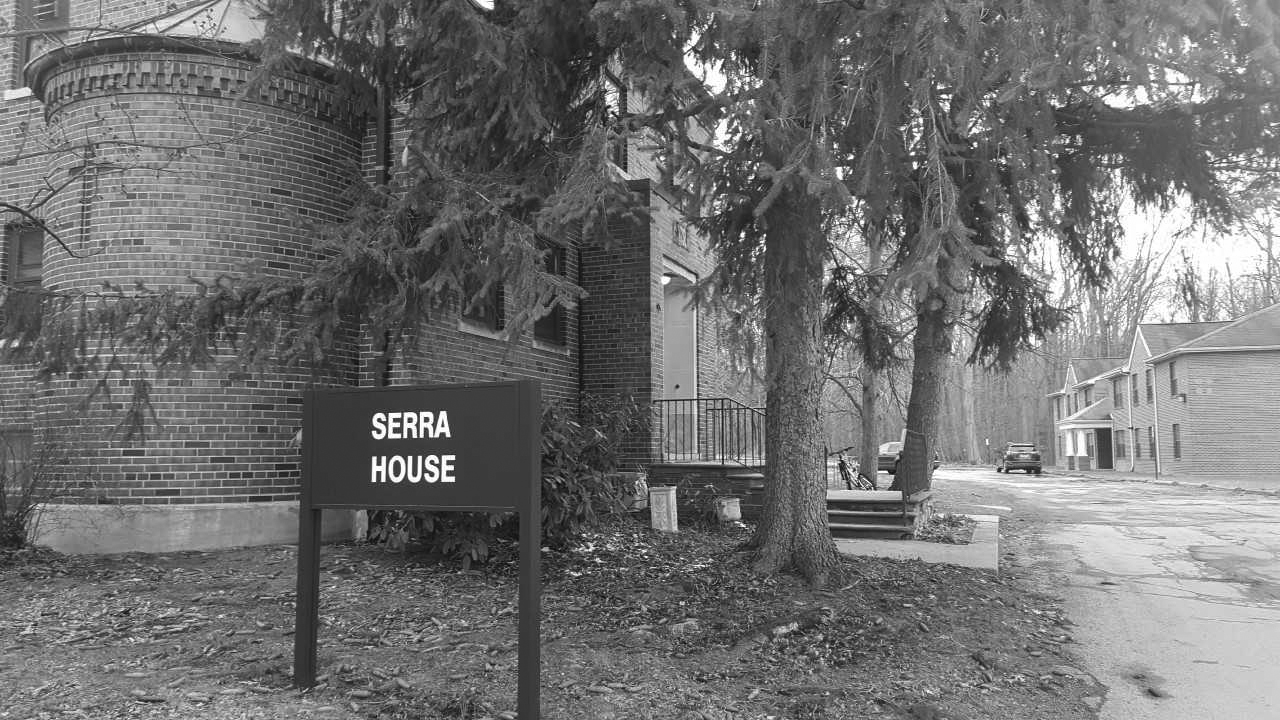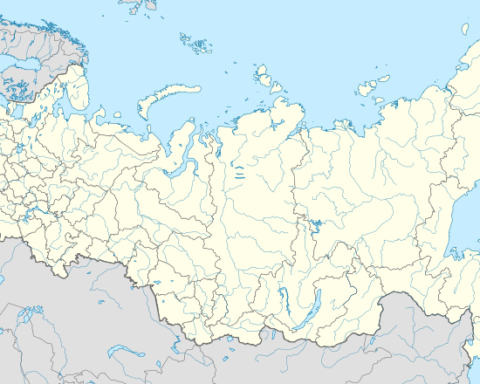Building bears name of friar responsible for thousands of Native deaths
Tucked on the west side of Francis Hall, Serra House is a relatively unknown building on the St. Bonaventure University campus. Formerly the home for the Damietta Center, the Residential Discernment program is run out of Serra House, where undergraduate men considering joining a religious order live.
The Bona Venture ran a feature story on Serra House and the discernment program last semester. The program itself is a nice opportunity for students, but the name Serra House is a poor choice by St. Bonaventure. The remote location of the building could play into the reason the name has not received more backlash.
St. Junípero Serra was a Spanish friar who was canonized in 2015 by Pope Francis. Patron saint of vocations, the choice of having Serra as the name for the building housing the discernment students makes sense.
Serra is heralded as a person who evangelized the West and brought Catholicism to many new people. However, this evangelization was done through mission systems that forced Native Americans to convert to Catholicism. The result was a massive loss of Native life and culture. Native Americans brought into the missions for conversion were not permitted to leave. The Native Americans were forced to change their entire lifestyle and conform to the Spanish imperialists’ way of life, leading to population decline because of disease.
While Serra’s missions have turned into cities such as Los Angeles and San Diego, how those places got their start is through death and destruction of Native American culture. The harm caused to these cultures is especially important to take into consideration because of the St. Bonaventure community’s vicinity to the Seneca Nation.
Since students are not walking by the Serra House sign everyday, and since many students probably do not know who Serra was, the building continues to bear his name.
Haylei John ’18, former Student Government Association student body president from the Allegany Indian Reservation, said even though the events involved with Serra were with different Native tribes with different experiences and cultures, similar missions were operated around the country.
“Native children were literally stolen from their communities and placed in boarding schools, known as ‘Indian Schools,’” John said. “One of these schools operated in Irving, New York, and was known as the Thomas Indian School. Seneca children were punished for speaking Seneca and embracing their culture, and were forced to instead speak English and faced abuse to ‘assimilate.’”
John said while the school is now closed, the effects it had on the community and members of the Seneca Nation are still seen to this day.
“What’s most important to take away from this is that so many people think the atrocities against Native people took place in the past or somewhere far away, when the reality is that the university is so close to Seneca communities that live these experiences,” said John.
In 2017, Carl Paladino, whose name Townhouse 32 bears, made crude and discriminatory remarks about Barack and Michelle Obama. Students signed an online petition asking for the name of the building to be changed. The solution was to clarify the name of the building, renaming it after Paladino’s parents, Belesario and Sara, instead of changing the name altogether.
Just as there was a petition for change surrounding the Paladino House, our university having a building named after Serra should upset the campus community. There are other Franciscans that Serra House could have been named after that do not have a stain on their reputation.
One suggestion for a person worthy of having his name on a building is Mychal Judge. A 1957 graduate of St. Bonaventure, Judge was a Franciscan friar and Catholic priest. He was the chaplain for the New York City Fire Department and was the first confirmed fatality in the September 11, 2001 attacks on the World Trade Center.
Renaming Serra House is an easy change to show respect to our Seneca neighbors and Native Americans across the country. This small step could be just the beginning for our university to repair its image after using the Brown Indian headdress logo for so long.
Whenever I say something to people wearing the Brown Indian logo, I get the response that it’s “tradition.” Having a building named after a person who killed thousands of Native Americans is not a tradition; it’s a choice. But it’s a choice we can rectify.






